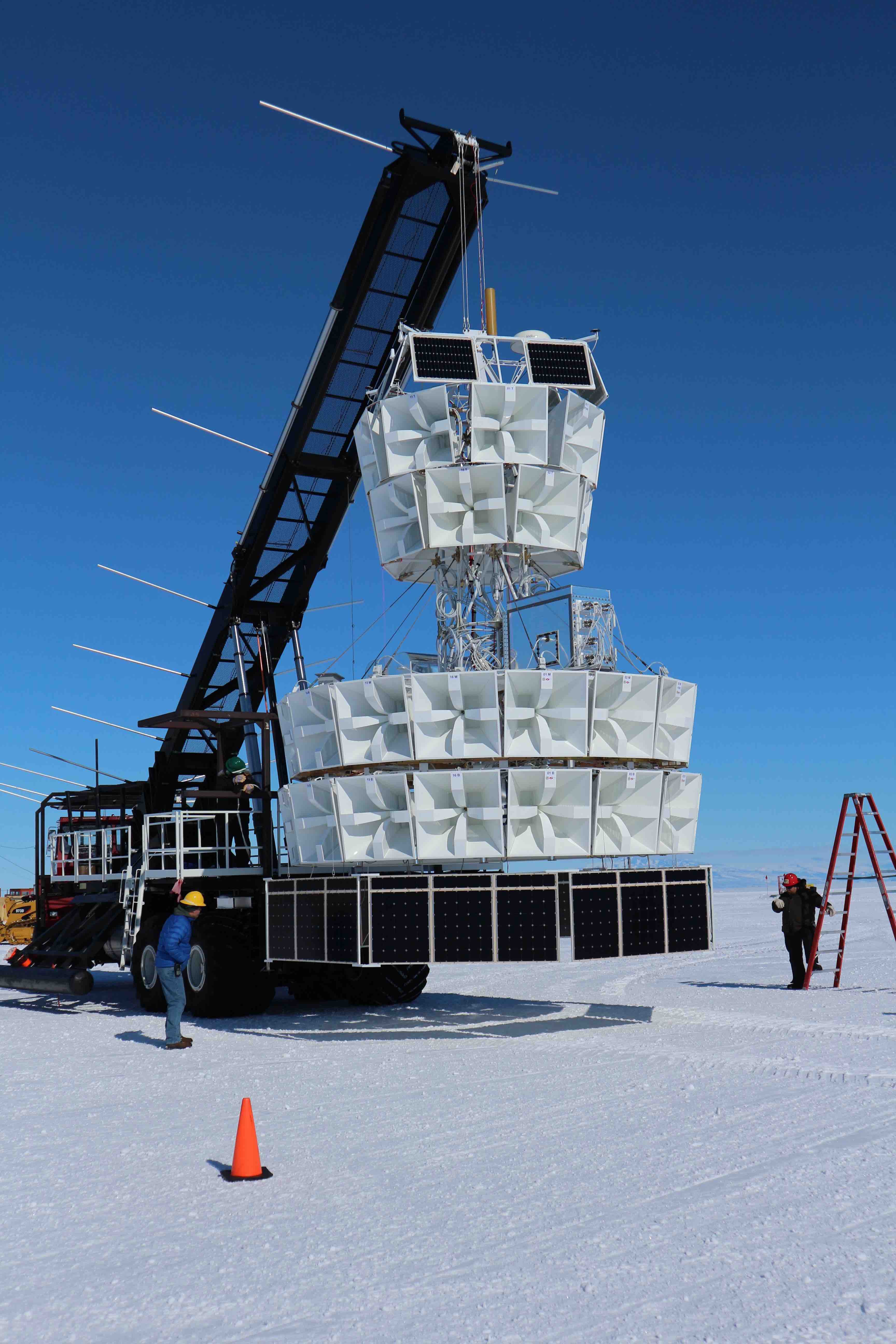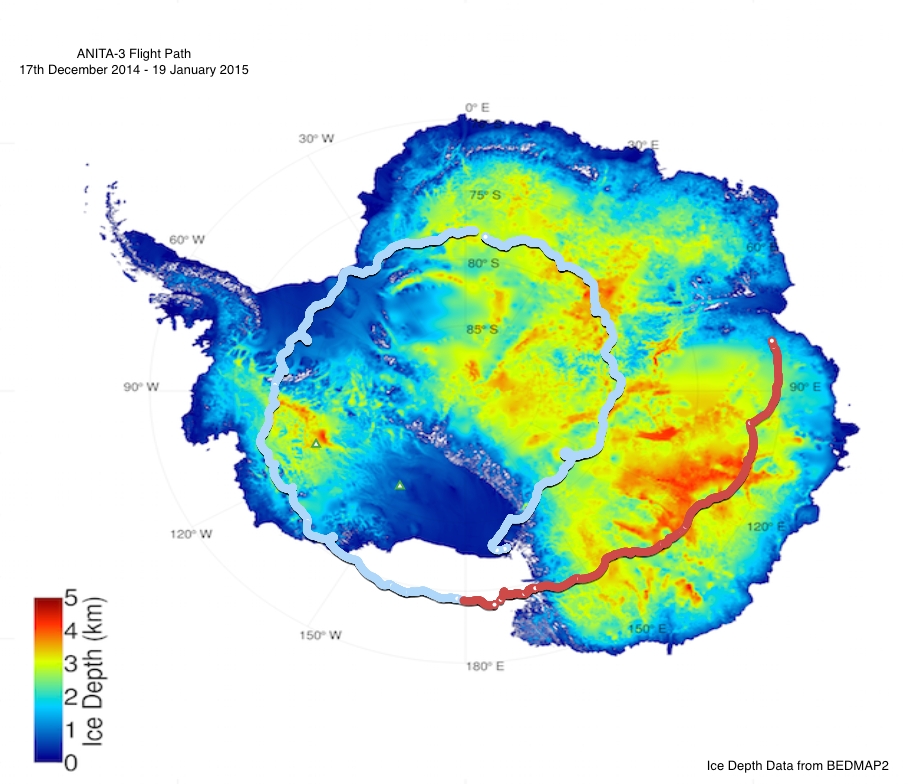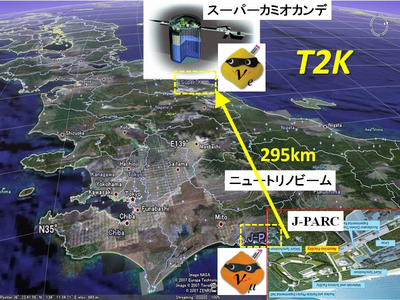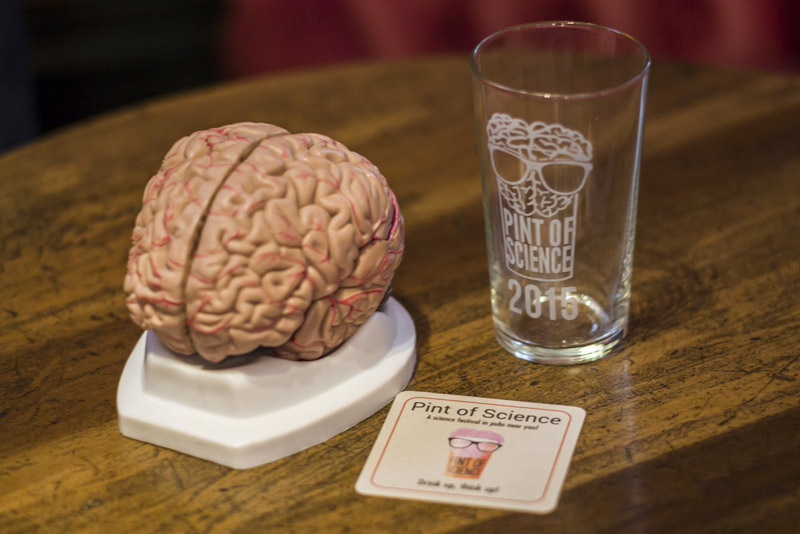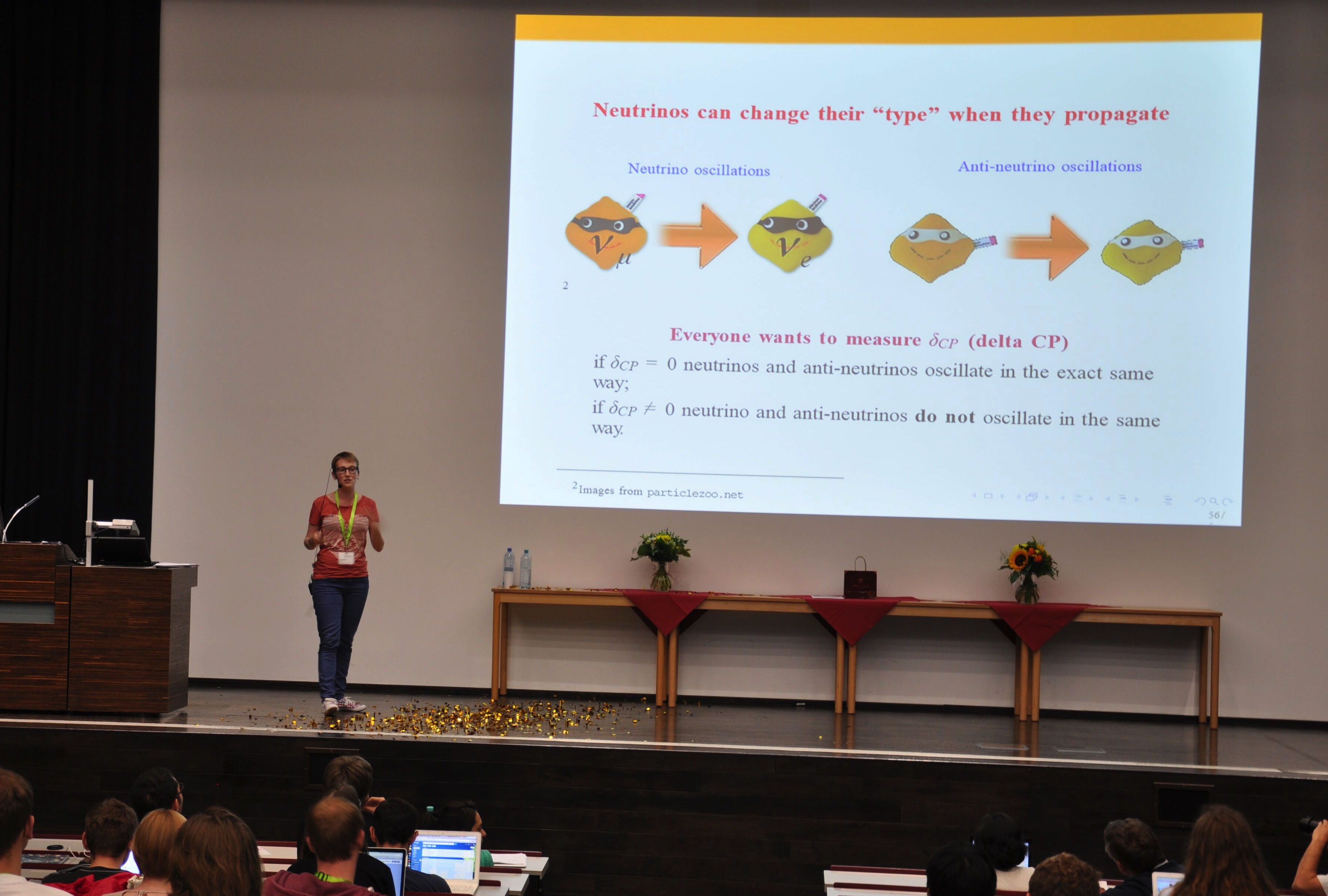Research interests
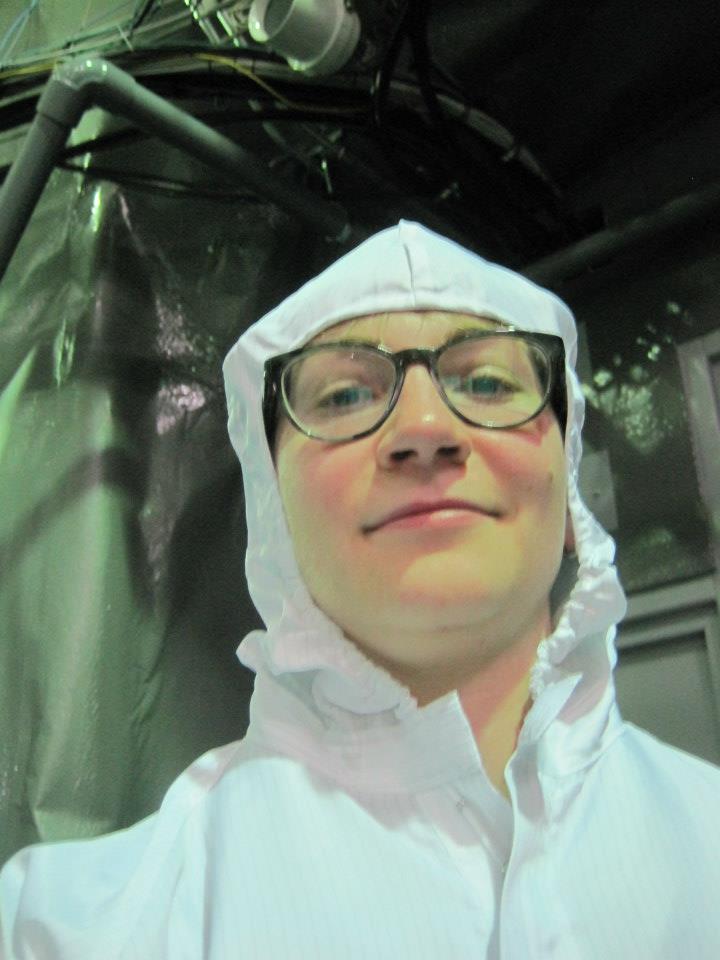
Here is a picture of me while visiting the X-MASS experiment at the Kamioka mine (Gifu prefecture, Japan). That is not of course how I dress every day at work.
My research interest is mainly focused on neutrino physics and friends. By friends I mean particles produced in neutrino interactions (such as pions) or particles that could lead to the production of neutrinos, such as cosmic rays. I like to divide the areas I work/worked with in 3 categories:
In this page you can find the main focuses of my research in the past few years (non in chronological order). The right bar will help you navigating through the content.
